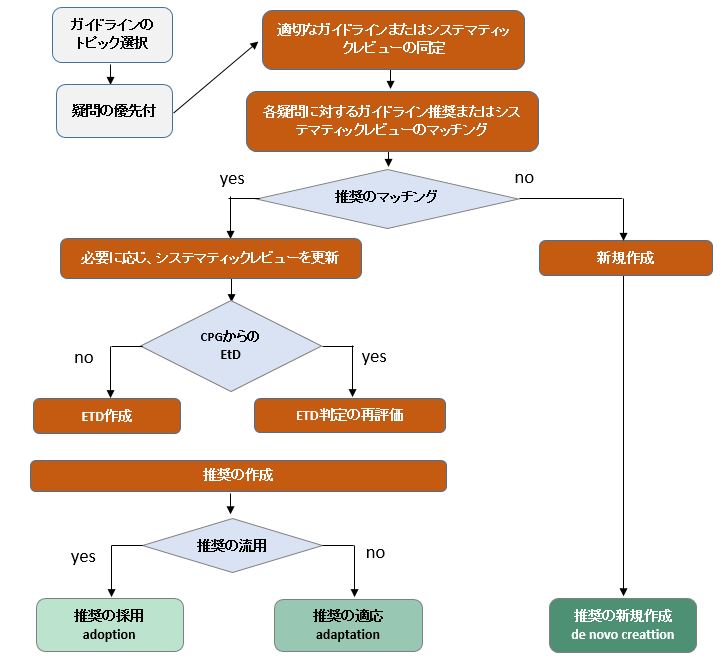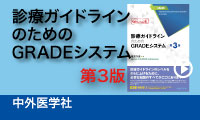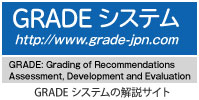今年JCE誌に発表された、GRADE-ADOLOPMENT
ガイドライン作成者は、(1) 他所から既存の推奨を採用すること(adoptation)、(2) 既存の推奨を自身の状況に合わせて改変すること(adaptation)、または、(3) 推奨を新規作成すること(de novo development)ができる。金銭的および非金銭的資源、信頼性、普及の最大化、さらには論理的議論を考慮しながらアプローチとプロセスを選択すべきである。
図(改変:オリジナルを参照してください):GRADE-ADOLOPMENT of guideline recommendations.
Brief description of GRADE-ADOLOPMENT. A more detailed description of the steps is shown in Appendix 3 at www.jclinepi.com. Guideline topics are identified by evaluating credible existing guidelines or evidence syntheses after or before priorities are set by a guideline group. This process should involve the relevant stakeholders. It involves deciding to accept or modify whole guidelines or their specific recommendations by considering whether they are credible, up to date, acceptable, and applicable given the cultural and organizational context. The next critical step after identification of possibly matching recommendations includes completing or utilizing GRADE Evidence to Decision (EtD) frameworks for recommendations for either a matched recommendation or a new recommendation. It will often require conducting updates of existing systematic reviews. To identify major and minor updates or define a new systematic review, the criteria in Appendix 4 at www.jclinepi.com and the work by Garner et al. are useful [33]. Depending on agreement with the information presented in the existing guidelines or requirements for new evidence, recommendations are adopted or adapted. If no information or recommendation is available, a new recommendation is developed. GRADE, Grading of Recommendations Assessment, Development and Evaluation



